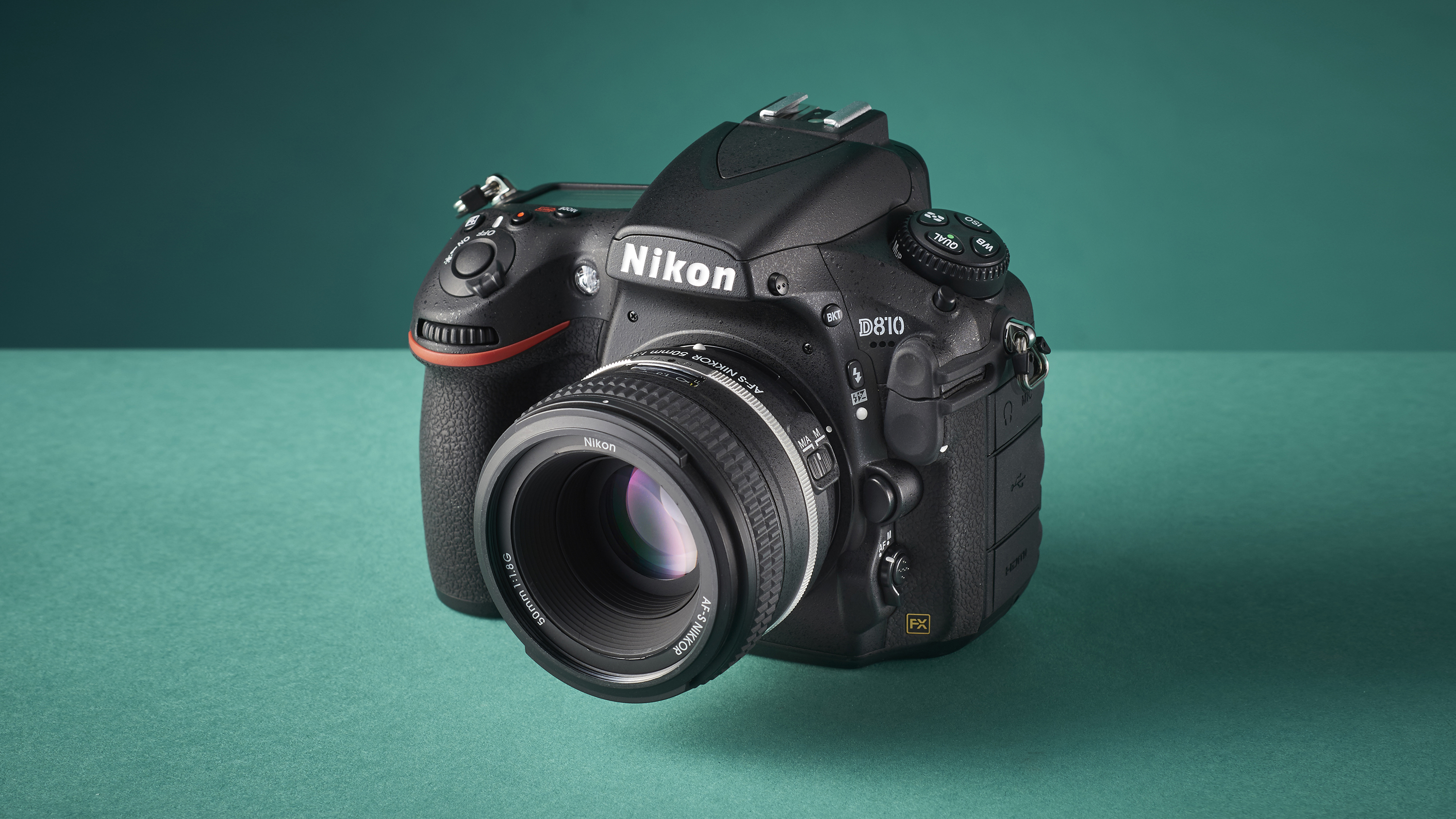Why you can trust TechRadar
Verdict
Given the four-year gap between the Sony A99 II and its predecessor, it’s no surprise to see the A99 II as a significantly stronger camera. While many core features have, in some way, been upgraded – a higher-resolution sensor, more capable autofocus system, better video specs and upgraded viewfinder to name just a handful – it’s welcome to find Sony paying attention to smaller details, such as the Silent Multi Control dial.
Thanks to the new imaging pipeline, image quality is strong. Having a high-resolution sensor that’s capable of low noise and wide dynamic range at the camera’s heart is the A99 II’s greatest asset, while video quality is also very good, and helped with a range of supporting features. And yet, at the same time the camera maintains much of what we loved about the A99, with excellent handing and the benefits of the SLT system presenting very real advantages over more traditional DSLRs.

Naturally, there's scope for improvement. The AF system is strong but not quite flawless, while the slight sluggishness here and there also lets the camera down. The camera certainly delivers a lot for its asking price, but the fact that it lacks a touchscreen and in-camera raw processing is a pity.
Overall, though, Sony has very much got things right with the A99 II. The company’s A7 line, together with Pentax’s entry into the full-frame market and the arrival of a couple of medium format options, may mean this camera enters a very different market from the one the A99 was launched into, but with a unique blend of features and commendable performance, it can still very much hold its own.
Competition

Canon EOS 5D Mark IV
Perhaps the closest competitor to the Sony A99 II in terms of specs and intentions, the EOS 5D Mark IV has a slightly lower pixel count of 30.4MP, and its 7fps burst rate isn’t quite as impressive as the Alpha A99 II’s 12fps, while its 4K video mode requires a crop to the centre of the frame. It also has a fixed LCD screen, although its battery life is roughly double that of the A99 II’s, while the touchscreen makes subject selection and focus pulling easier. There's also a GPS system on board, something lacking in the A99 II (though possible through connection to a smart device).
Read the full review: Canon EOS 5D Mark IV

Nikon D810
The D810 is significantly older and much cheaper than the Sony A99 II, but it’s aimed towards a similar kind of user. With its 36.3MP sensor the D810 isn't far off the A99 II for pixel count, and its robust, weather-resistant body makes it suitable for the same kinds of testing environments as the A99 II. Its AF system is certainly competent enough for both static and moving subjects, although its 5fps burst rate (7fps at a DX crop) may make it appeal less to those wanting a tool for action, while the lack of 4K video recording also shows the camera’s age somewhat.
Read the full review: Nikon D810

Sony Alpha A7R II
The A7R II bears a strikingly similar spec sheet to the A99 II, and is currently priced the same too, although there are differences. The A7R II has a lighter and more compact body, and while its 300-shot battery-life is significantly lower than the A99 II’s, it does come with two batteries as standard. The tilting LCD screen can't quite be tilted and adjusted to all the same positions as the A99 II’s, however, and it also misses out on a top-plate LCD. The A99 II is compatible with a broader range of native lenses, although the shorter flange back distance of the A7R II’s mount means it will work with many lenses from other mounts via an adapter.
Read the full review: Sony Alpha A7R II
